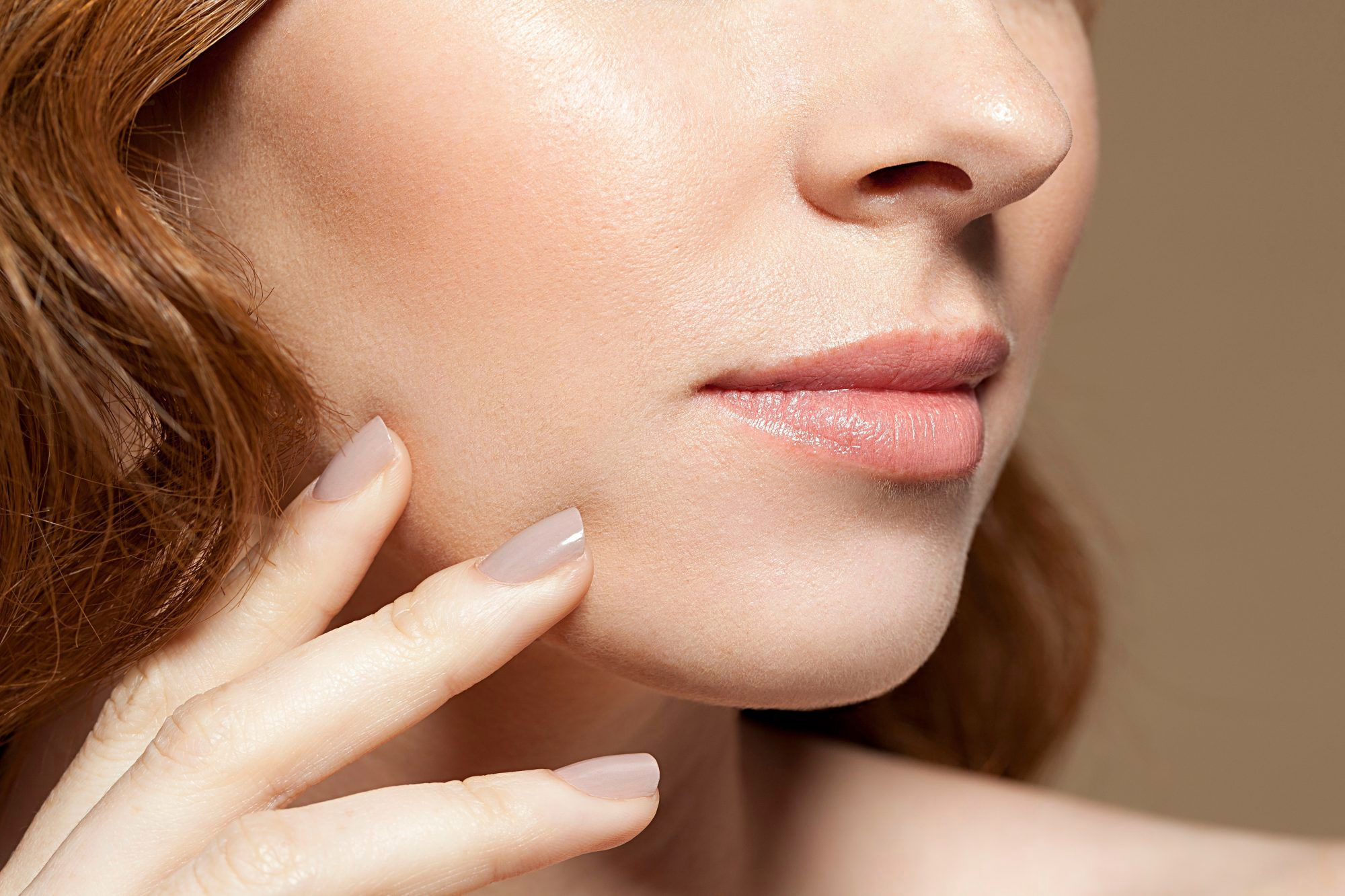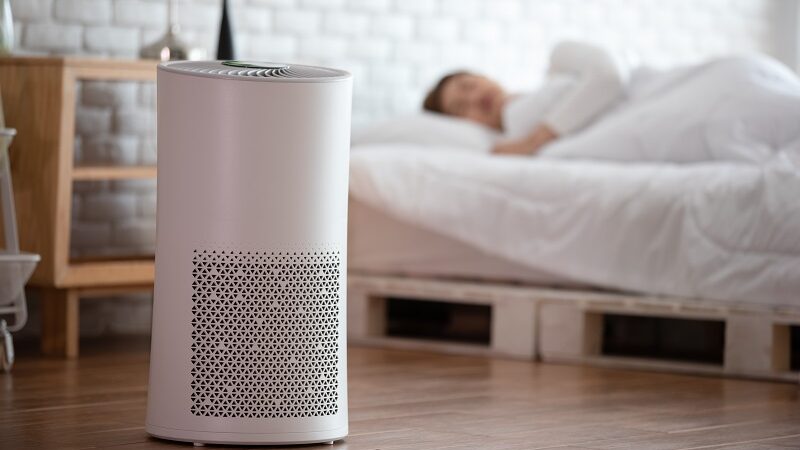Thing to know about cheek fillers

Cheek fillers are a relatively new treatment option, but they’re becoming increasingly popular. These injections can be used to add volume to your cheeks, giving them a more youthful appearance.
Cheek fillers are popular because they can instantly change the shape and contour of your face. Cheeks are one of the first areas to show signs of aging, so it’s important to keep them in good shape.
Cheek fillers can be used to plump up sunken cheeks after weight loss, or they can be used to add volume to a thin face.
If you’re considering cheek fillers, there are a few things you should know before scheduling your appointment with a cosmetic surgeon.
The Procedure: Cheek fillers are administered with a fine needle under local anaesthesia. The procedure is usually completed in about 20 minutes and requires no downtime after the treatment. The procedure takes about 30 minutes and is performed under local anaesthesia. The filler is injected into the dermal layer (the middle layer) beneath the skin’s surface using a small needle. Many patients describe it as feeling like an insect bite or pinprick sensation. The entire process takes about 15 minutes if both sides are treated at once, but each side may require more time if treating separately.*
The Results: Cheek fillers produce natural-looking results that make your face look fuller and more defined. They’re ideal for people who want an instant lift without undergoing surgery or other invasive procedures.
The Side Effects: Side effects from cheek filler injections are rare, but some patients report swelling, bruising or tenderness in the area where the filler was administered. Other possible side effects include nausea, headache and itching at the injection site.
The Cost: The cost of cheek filler injections varies depending on several factors including what type of filler is used — hyaluronic acid (HA) or collagen — as well as where you live and whether or not you have health insurance coverage for cosmetic procedures.
There are two main types of cheek filler: hyaluronic acid and calcium hydroxylapatite (Calcium hydroxyapatite). Calcium hydroxyapatite is a naturally occurring material that’s found in human bones and teeth. It’s also used in toothpaste as an abrasive agent. Like hyaluronic acid, it works by absorbing water from your skin and producing collagen which helps plump up the skin tissue underneath. It’s also less likely to cause allergic reactions than hyaluronic acid because it is derived from natural sources rather than being synthetic. To know more about check fillers, contact us as we are number 1 cheek fillers in London.







